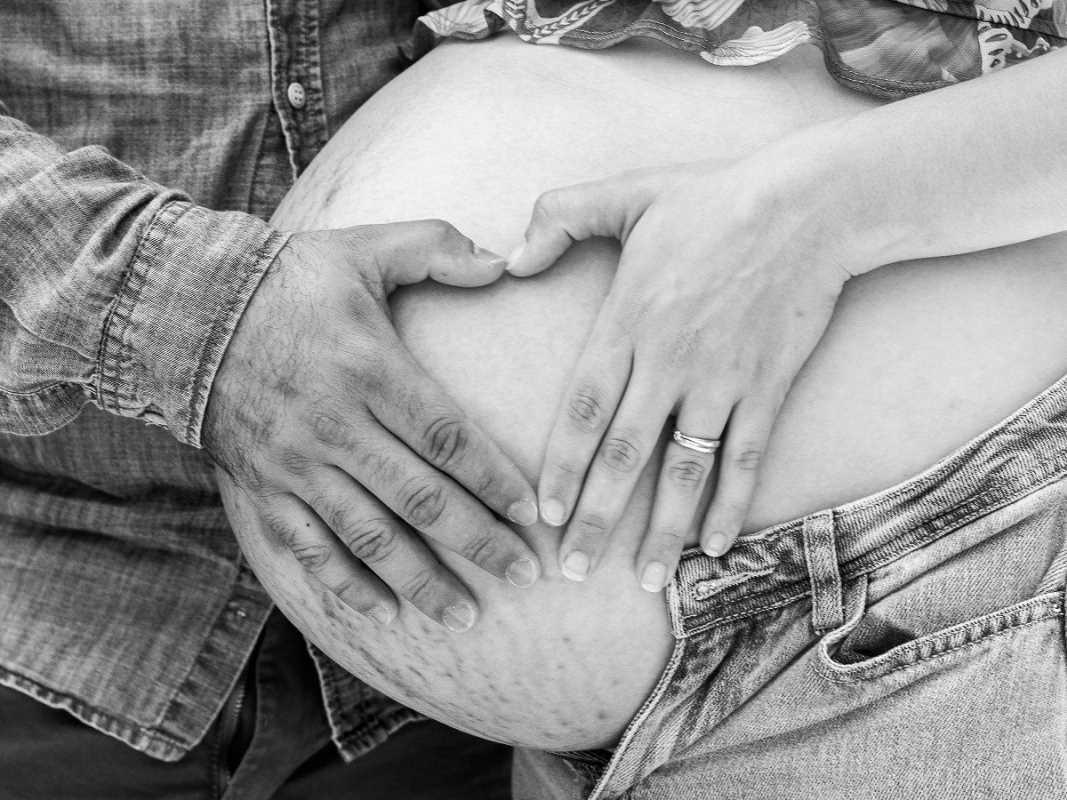Pregnancy is an incredible time filled with excitement, change, and—if we’re being honest—a lot of questions, especially when it comes to fitness. Can I keep exercising? Should I slow down? What’s safe for me and my baby? Staying active during pregnancy not only enhances your physical health but can also boost your mood and prepare your body for labor and delivery.
This guide will walk you through pregnancy-safe workouts for every trimester, with tips on modifications and key benefits to help you move with confidence through every stage of your amazing pregnancy journey.
Why Exercise During Pregnancy?
If you need extra motivation to lace up your sneakers or roll out your yoga mat, here are just a few of the many benefits of staying active while pregnant:
- Improved energy levels: Regular movement combats fatigue and boosts your mood, thanks to those trusty endorphins.
- Reduced pregnancy discomfort: Exercise helps ease back pain, bloating, swelling, and constipation.
- Better sleep: It can be tricky getting comfortable during pregnancy, but physical activity helps promote better rest.
- Labor prep: Building strength and endurance can help you when the big day arrives.
- Faster recovery: A fit pregnancy may help your body bounce back more easily postpartum.
Before you start, always check in with your healthcare provider to make sure exercise is safe for you and your baby, especially if you have any conditions like high blood pressure or a high-risk pregnancy.
The First Trimester (Weeks 1–12): Easing Into Movement
During the first trimester, your body is adjusting to the new life growing inside of you. You may feel more tired than usual or deal with nausea, so don’t be surprised if your usual energy levels take a dip. Gentle, low-impact exercises work well during this time—and so does listening closely to your body.
Best Workouts:
- Walking: A brisk walk is a great way to get your heart moving without overexerting yourself. It’s easy to fit into your day and can help combat fatigue.
- Prenatal Yoga: Yoga improves flexibility, eases tension, and can also help with early pregnancy bloating.
- Swimming: If you’re feeling overheated or queasy, take a dip! Swimming supports your joints and reduces morning sickness symptoms for some.
- Low-Impact Strength Training: Work on strengthening your arms, back, and legs with light dumbbells or resistance bands. Stick to controlled, slow movements.
Tips:
- Hydrate often—your body is working overtime!
- Avoid exercises that leave you breathless; a good rule of thumb is to aim for an intensity where you can still hold a conversation.
- Stay mindful of your balance as your body changes.
Don’t worry about “pushing it” right now—consistency is what matters most at this stage.
The Second Trimester (Weeks 13–26): Energy Boost and Belly Growth
For many expectant moms, the second trimester is like a breath of fresh air. The nausea often eases up, and you may get a boost in energy. This is a great time to focus on strengthening your body to support your growing baby bump!
Best Workouts:
- Walking and Hiking: If you’re feeling up for it, take your walks to a local trail for a bit of fresh air and a change of scenery.
- Prenatal Yoga or Pilates: These workouts help strengthen your pelvic floor and core while keeping you mobile.
- Stationary Cycling: A stationary bike is a safe way to keep your cardiovascular system in gear.
- Light Strength Training: Focus on exercises like squats, dumbbell presses, and seated rows to build strength in your lower body and back.
- Swimming: It only gets better in the second trimester as your bump grows—you’ll love the feeling of weightlessness!
Tips:
- Avoid lying flat on your back for long periods; this can put pressure on a major vein and reduce blood flow. Modify exercises to a side-lying or incline position.
- Use a chair, wall, or sturdy surface for balance during strength or flexibility exercises.
- Protect your belly—skip crunches or twisting movements that strain the abdominal muscles.
This is the trimester to enjoy movement and use it to prepare your body for the changes ahead!
The Third Trimester (Weeks 27–40): Slowing Down and Staying Comfortable
By the third trimester, your body will be well aware of the miracle it’s performing. With your baby bump at its largest, focusing on low-impact workouts is key. It’s perfectly normal to scale things back at this stage—what matters most is staying active for as long as it feels good.
Best Workouts:
- Walking: Walking remains one of the safest and easiest ways to stay active. It helps with circulation and swelling in your lower legs.
- Prenatal Yoga: Yoga in your third trimester can focus on breathing techniques and stretches that may be helpful during labor.
- Swimming and Water Aerobics: Water is your best friend in the third trimester, supporting your joints and easing lower back pressure.
- Pelvic Floor Exercises: Strengthen your pelvic muscles with simple exercises like Kegels or gentle squats to help with labor and recovery.
Tips:
- Go slow—your center of gravity has shifted, and your joints are looser due to pregnancy hormones, so prioritize stability.
- Avoid overheating by staying in well-ventilated areas and wearing moisture-wicking clothes.
- Cool down after every workout with a few gentle stretches or deep breathing exercises to relax your muscles.
Remember, exercise isn’t about intensity at this stage—it’s about staying comfortable and maintaining mobility.
Guidelines for Safe Pregnancy Workouts
- Listen to Your Body: If something doesn’t feel right, adjust or skip it. Discomfort, dizziness, or shortness of breath are all signs to slow down.
- Hydrate: Pregnant women are more prone to dehydration, so drink plenty of water before, during, and after your workout.
- Dress Comfortably: Wear breathable, stretchy fabrics, and invest in a supportive sports bra.
- Warm Up and Cool Down: Gentle warm-ups loosen your joints and muscles, while cooldowns keep your body comfortable post-exercise.
- Avoid High-Risk Activities: Steer clear of exercises that could cause you to fall or overstrain your body, like contact sports, skiing, or heavy lifting.
Consult your doctor if you’re unsure about any part of your workout routine—they’ll help you adjust based on your individual needs.
Pregnancy isn’t the time to aim for personal fitness records but rather about keeping your body strong and healthy for you and your baby. If some days feel more challenging than others, don’t sweat it. Listen to your body and adjust your plans as needed. Even a short walk or a gentle yoga session can go a long way in helping you feel good and stay prepared.
 (Image source: Midjourney)
(Image source: Midjourney) 





